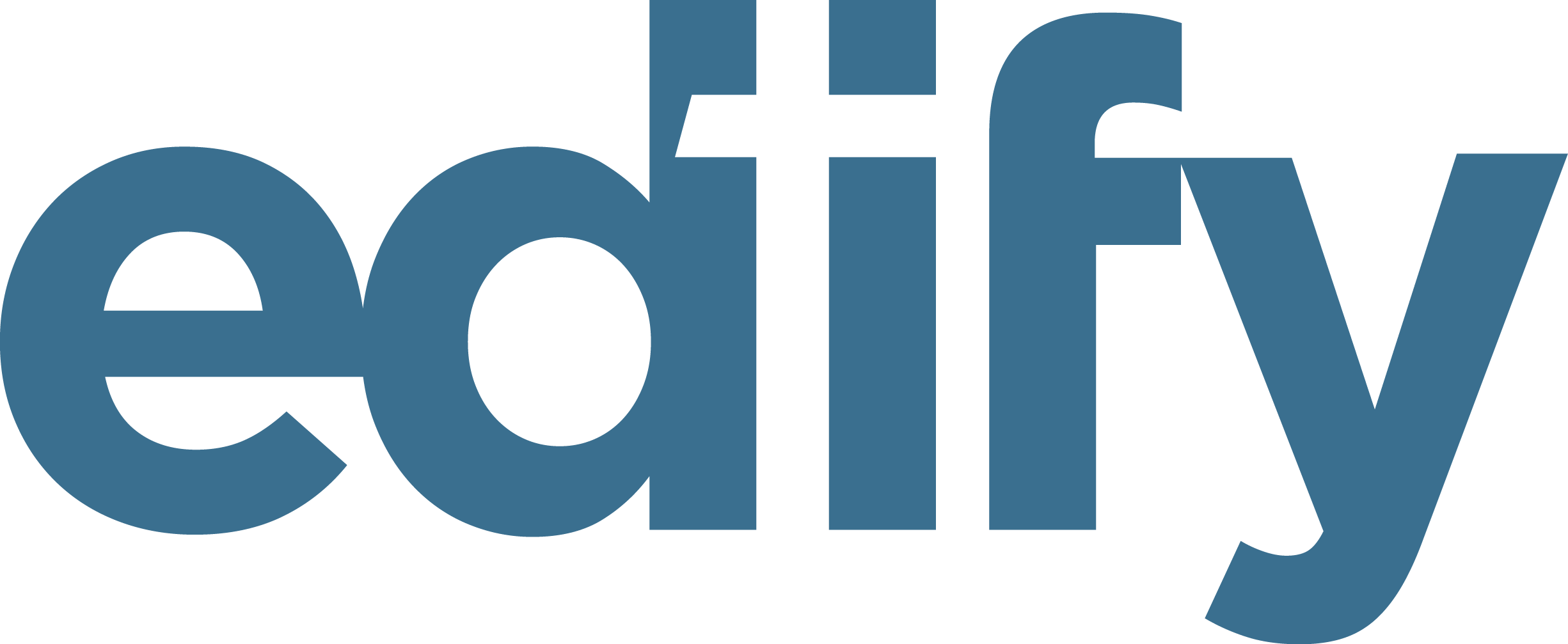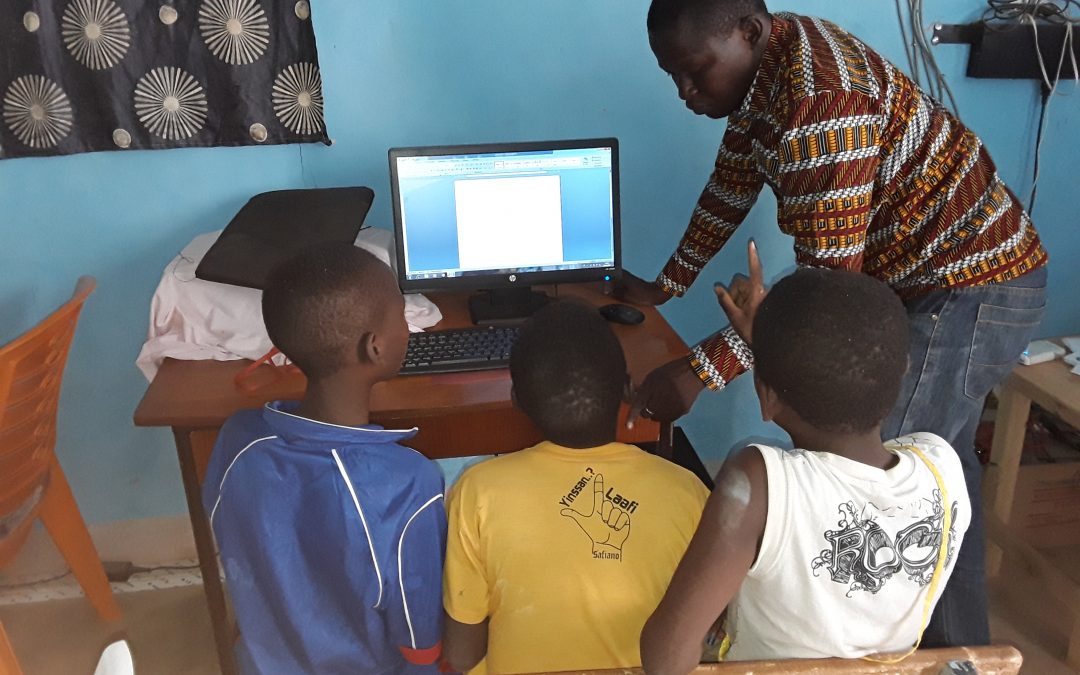Burkina Faso’s Digital Inclusion Challenge
Digital inclusion is quickly becoming both a challenge and solution amid the Coronavirus pandemic and in the near future of post-pandemic recovery. In countries where Internet access still remains low and device access even lower, the obstacles begin farther back than just online learning platforms. The technology to connect and the connection itself are main priorities in countries like Burkina Faso, where only 5 percent of the population has regular access to the Internet.
“Many of our proprietors and teachers don’t know how to use e-learning for the classroom, let alone technology in general,” Claudia Sawadogo (Burkina Faso Christian Transformation and Training Officer) explains. “I had recently visited a school where the proprietor had attended an Edify education technology training. In the training, they were encouraged to buy computers for their school. During the visit, they showed me their new computer lab, but it wasn’t just for their students. They had additional students from surrounding schools in the community who could use the computers at their school,” she shares. Inclusive acts like this help bridge the divide of student access to the important resources they need to learn—especially in times like these. Claudia explains, “They understood the importance of technology and that many students simply don’t have access to computers or devices for learning.”
In Burkina Faso, it’s common for students to use Internet cafes, since, for many, this is the only way they can access the Internet. But it requires them to have to pay per minute or hour. In these communities, the money for Internet access remains a luxury.
Digital Divide for Teachers
For teachers, digital inclusion isn’t much easier. “Many teachers don’t have laptops or computers at home. While computer labs are becoming more common here in Burkina Faso, it’s slowly spreading. It’s not only important for students to learn how to use technology and use it for learning, but also for the teachers. Even smartphones, many proprietors don’t know how to use their phone past calls or text messaging,” says Claudia. Delivering quality education online requires teachers to use technology effectively and efficiently too. “We’re training and encouraging them to learn how to utilize the technology they already have,” she shares.
When asked about the major challenge in acquiring devices for education technology, Claudia explains that the main hurdle is, unsurprisingly, finances. “It’s not just that devices are incredibly expensive here, it’s the process. If you don’t have a room to hold a computer lab, you’ll need to build one. Then you have to buy the computers, and you also need someone to supervise and manage them,” she shares. There’s also security issues in keeping the technology safe. “A concern for proprietors is preventing their computers from being stolen, especially if they’ve taken a loan to purchase them,” reveals Claudia. Internet connectivity is the other giant hurdle in digital inclusion for education. Overcoming the challenges to acquiring the devices themselves is met with obstacles to reliable connectivity and the price of plans.
Edify Bridging the Gap
But that isn’t stopping Edify from bridging the digital inclusion divide. Technology like SMILE, micro-computers that connect to offline learning applications like Khan Academy and others has been a staple technology solution in Burkina Faso and beyond. SMILE unlocks resources for students where the Internet and electricity can be unreliable. With the help of MicroAID, an Edify microfinance institution partner in Burkina Faso, about seven partner schools and counting have been able to purchase, install, and are currently using computer labs.
From students to proprietors, education technology presents massive opportunities and an eagerness to learn new skills. The pandemic has taught the world that the digital age can’t be considered a luxury only for some. Claudia emphasizes, “Technology isn’t only for the wealthy. It’s for everyone.” As the world reopens and recovers, technology will continue to play an important role in the sustainability of quality education our partner schools can provide.

